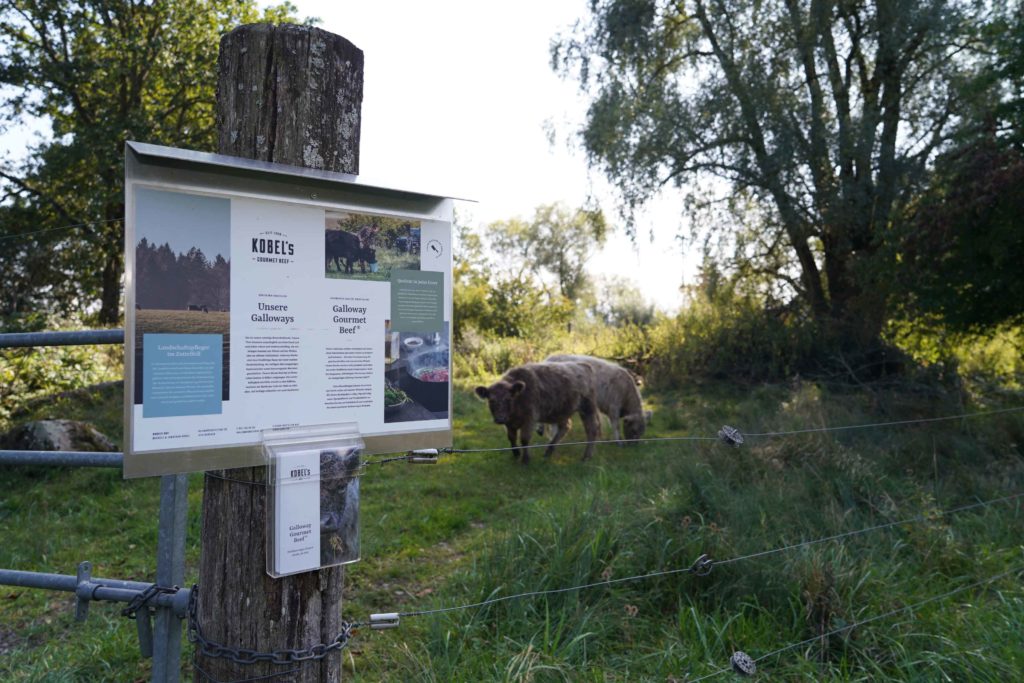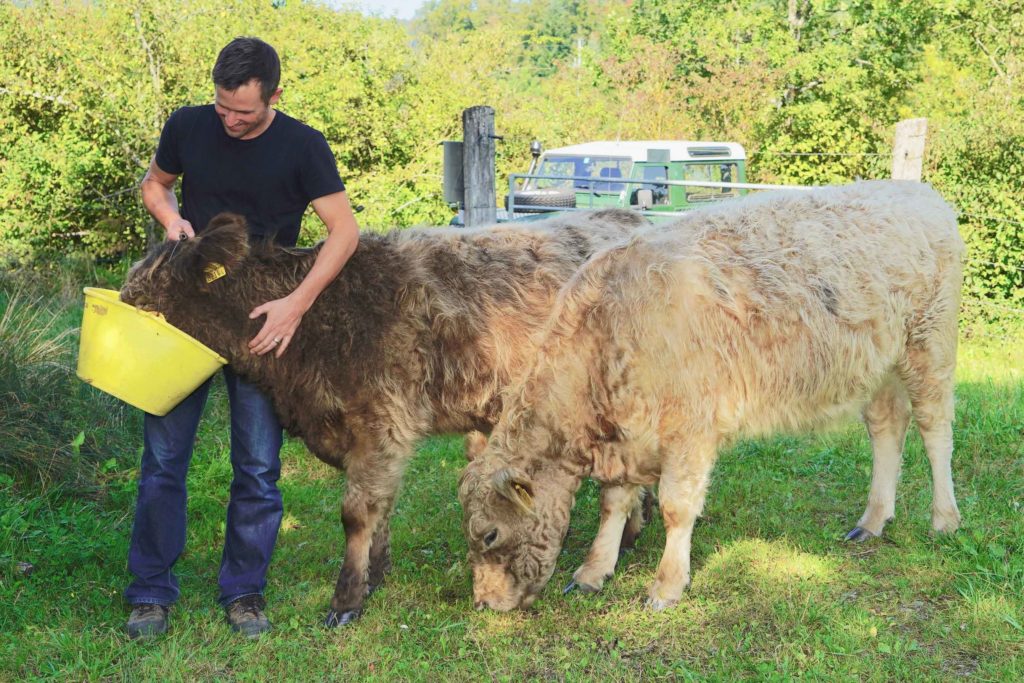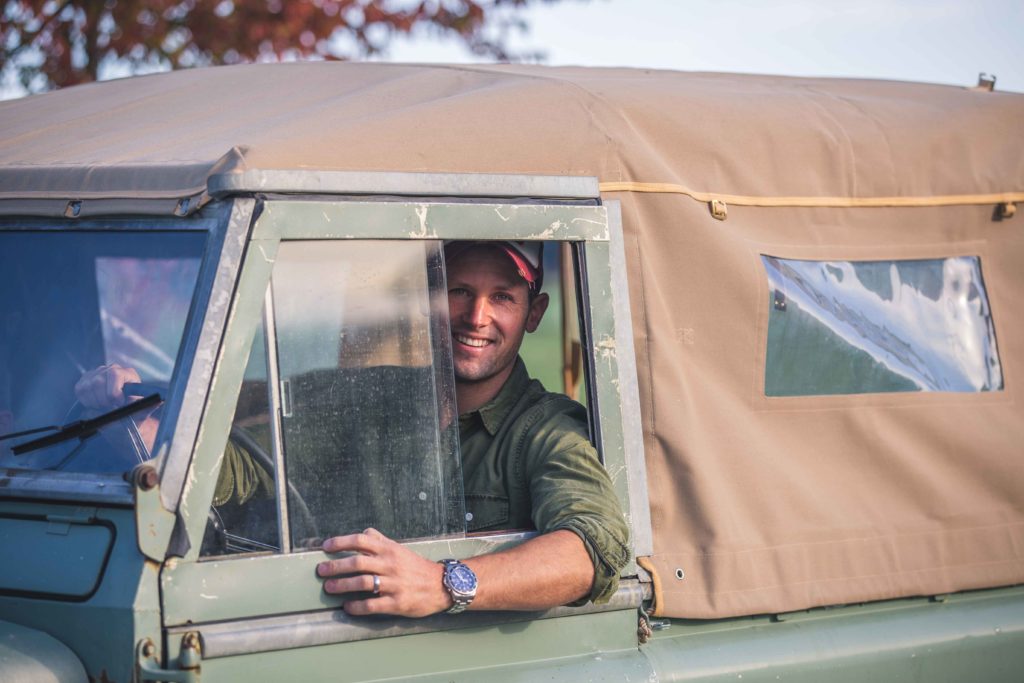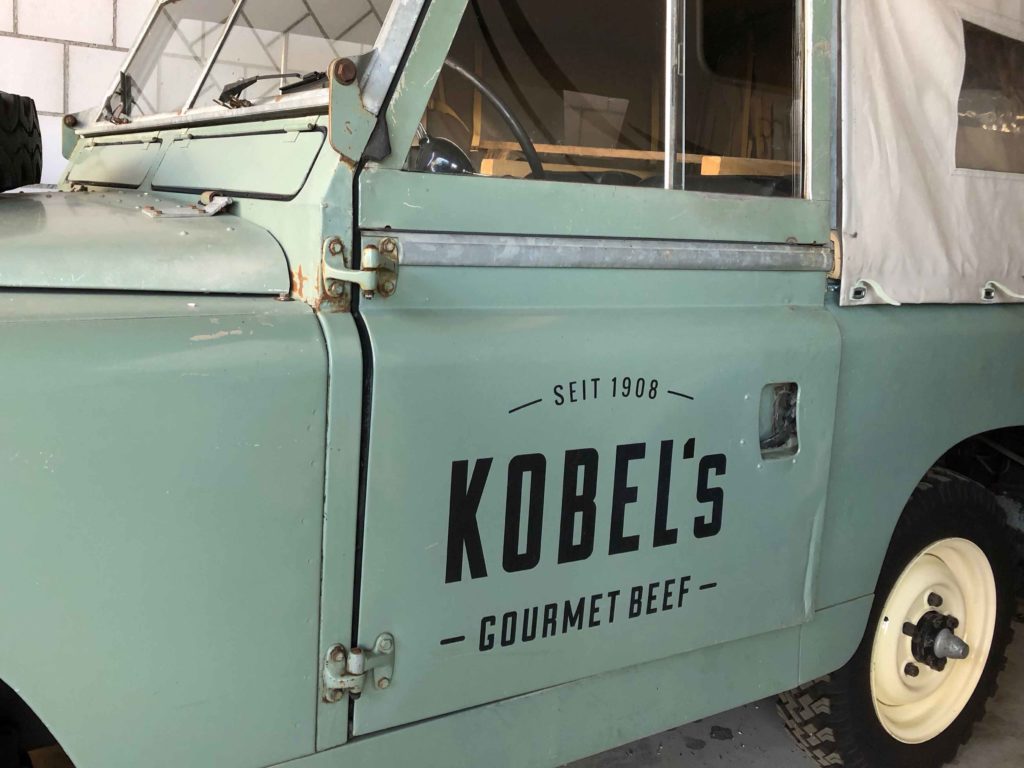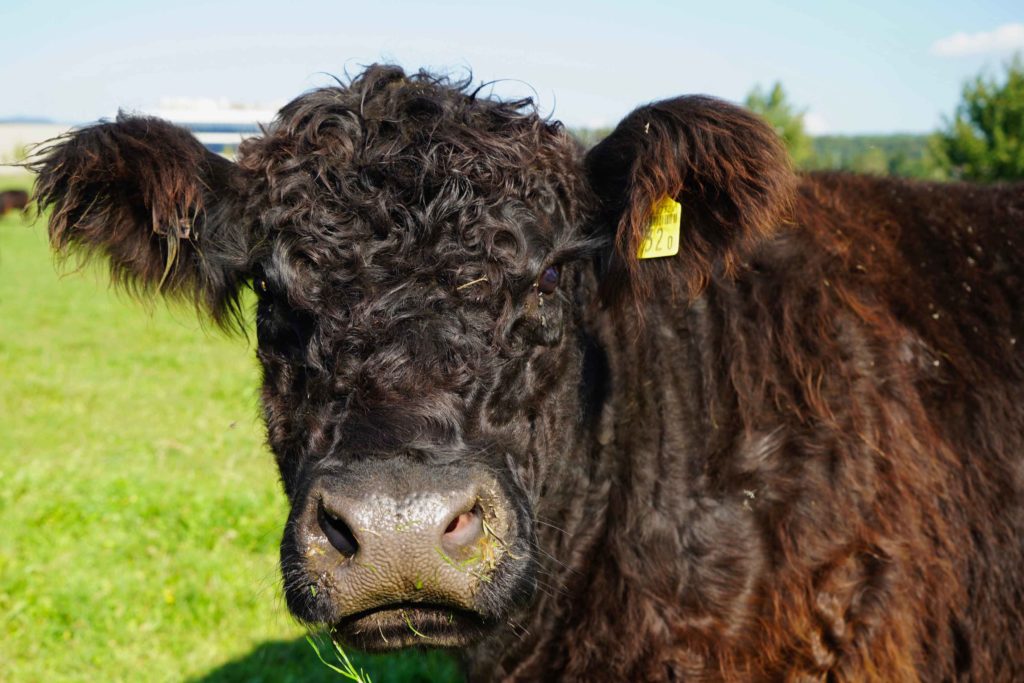In Harmony with Animals and Nature
Kobel's Hof
#meat #switzerland
Jonathan Kobel steers his old Land Rover along a bumpy dirt track to a nature reserve overgrown with vegetation, a few kilometres south of Bern. As he stops and gets out to open the gate he explains that ‘This is a typical grazing area for our Galloways.’ Originally from Scotland, Galloways are a hardy breed of cattle. ‘Thanks to their long double-layered coat they are suitable to be kept outside all year round.’ In doing so besides grazing on grass they eat neophytes such as Goldenrod or the Japanese Knotweed. Additionally the animals are relatively light and their hoofs are broader than other breeds. ‘So they hardly damage the ground,’ explains the farmer. This is also the reason why his cattle are increasingly placed in nature reserves to preserve the countryside.
And when they are not being used as environmentally friendly lawnmowers they lead an animal friendly life on Kobel’s fields in a large mixed herd with calves and a bull.
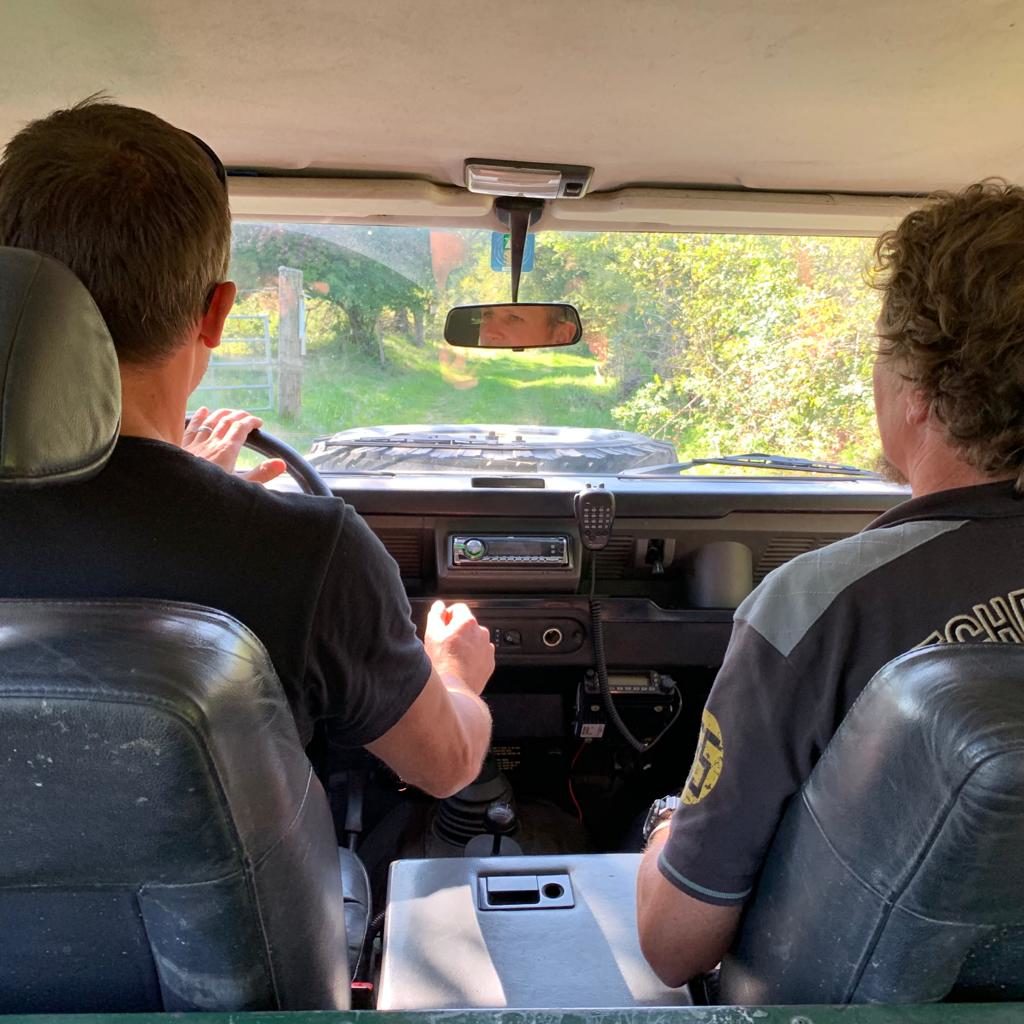
Quality before time pressure
Jonathan takes a yellow bucket out of the boot. The sound works wonders. Within a short moment two animals trot to their photo shooting session. Jonathan explains ‘In actual fact our Galloways are only fed with what the land produces.’ And as the Kobel farm includes 40 hectares of grazing land and not arable land, the only source of food is grass ie. hay and silage. So no concentrated feed or maize is given. The disadvantage is that ‘The animals grow much slower and reach their ideal slaughter weight at the age of about two.’In order to keep the meat tender the Kobels allow it to hang for about two and a half weeks and once vacuum packed it is allowed to rest a further week more. Another detail which adds to the tenderness of the meat is ‘I bring between one and two animals to be slaughtered per month. It’s a short journey and I always reserve an early time in the morning to save the animals from stress.’
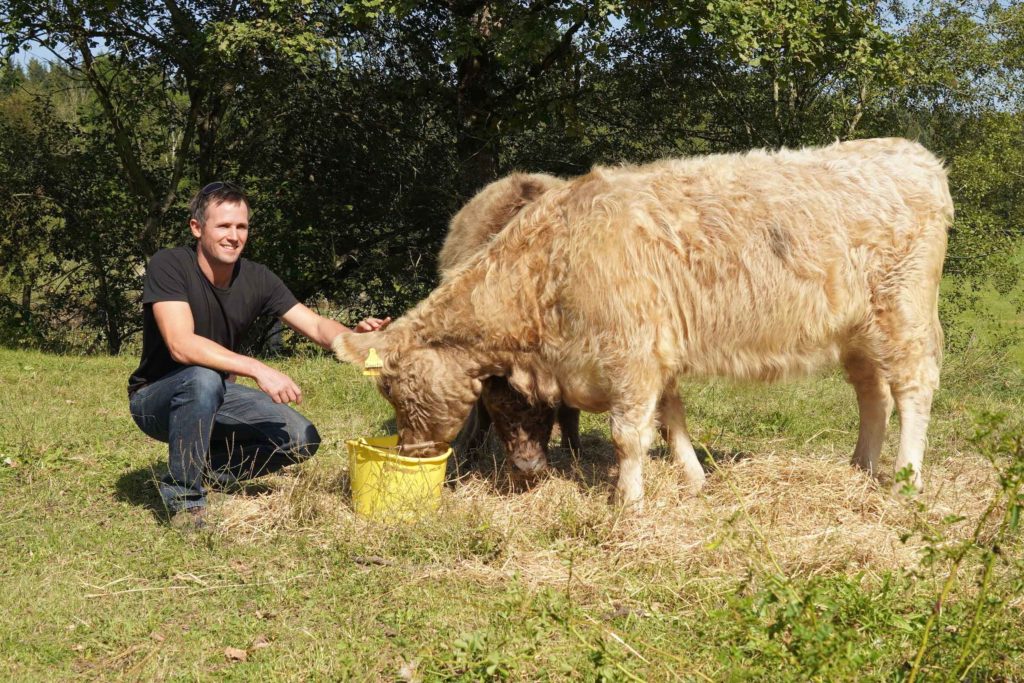
Dignified handling until the end
The Kobels place great emphasis on handling their animals with dignity. This does not only include animal welfare and respectful handling but also whenever possible the use of the whole carcass. ‘You cannot simply order fillets from us,’ stresses the farmer. The family offer in their online shop mixed packets weighing 10kg, 17kg and 34kg. And: ‘Each packet can be ordered proportioned for a two or four-headed family.’ Correspondingly, the meat is neatly separated by part from each other and vacuum packed ready for the freezer. In this way Jonathan can be sure that the not so popular pieces of meat such as ragout are used.
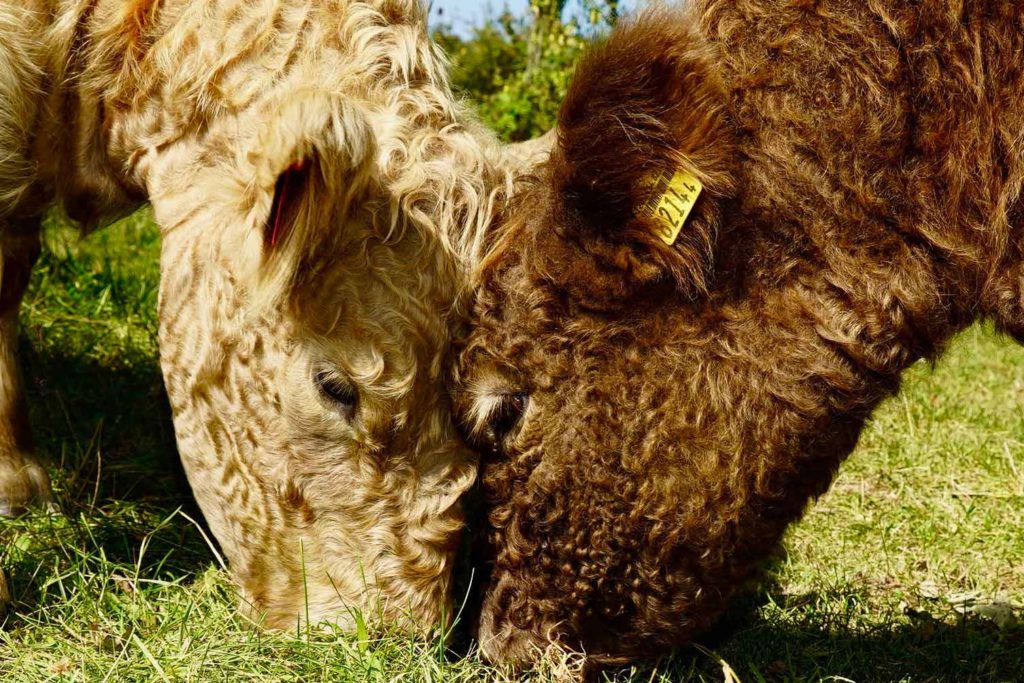
In the gastronomical area the innovative Bernese goes even further. ‘We only sell a complete half of a carcass following the nose-to-tail principle.’So that restauranteurs can tell the story of Kobel’s beef to their customers, Jonathan provides them with documentation and pictures of his cattle. This has a knock-on effect. ‘The restaurant customers then learn about our philosophy of a fully closed circle and can be convinced by the quality of the meat. Many people then order our mixed packets direct from the farm at a later stage.’
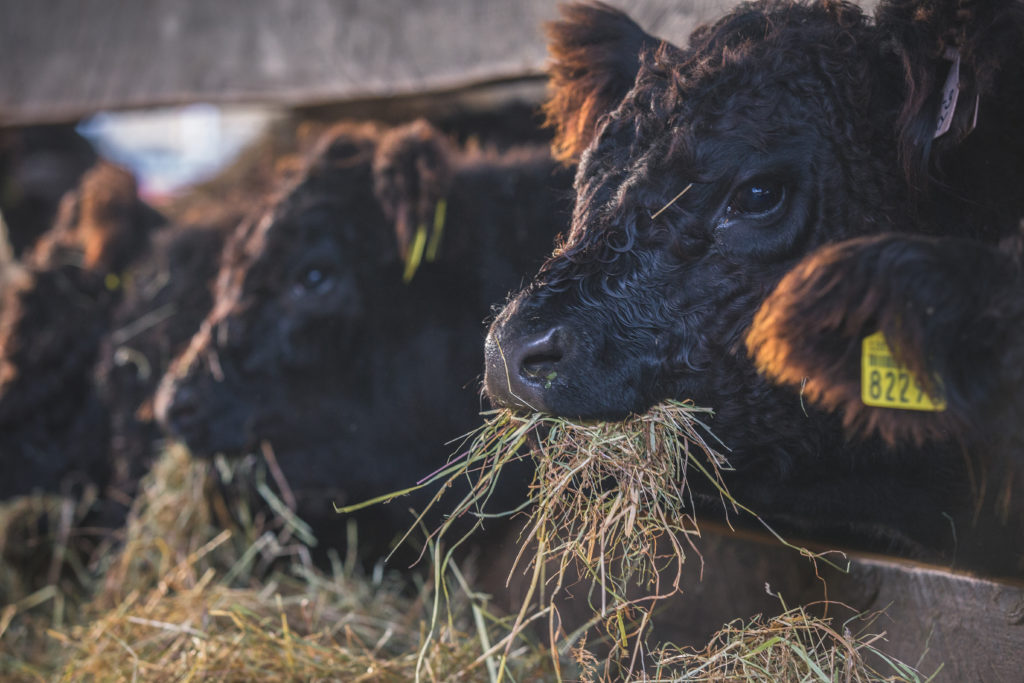
Cooperation instead of growth
The demand for Galloway meat is so high that customers often have to wait for deliveries for a month or longer. Yet enlargement of the 70-100 head of cattle does not come into question for Jonathan. ‘We have everything we need, any further increase of profit would just be good for our egos,’ and adds ‘We want to remain authentic and to work in the business ourselves and not just sit in an office’.
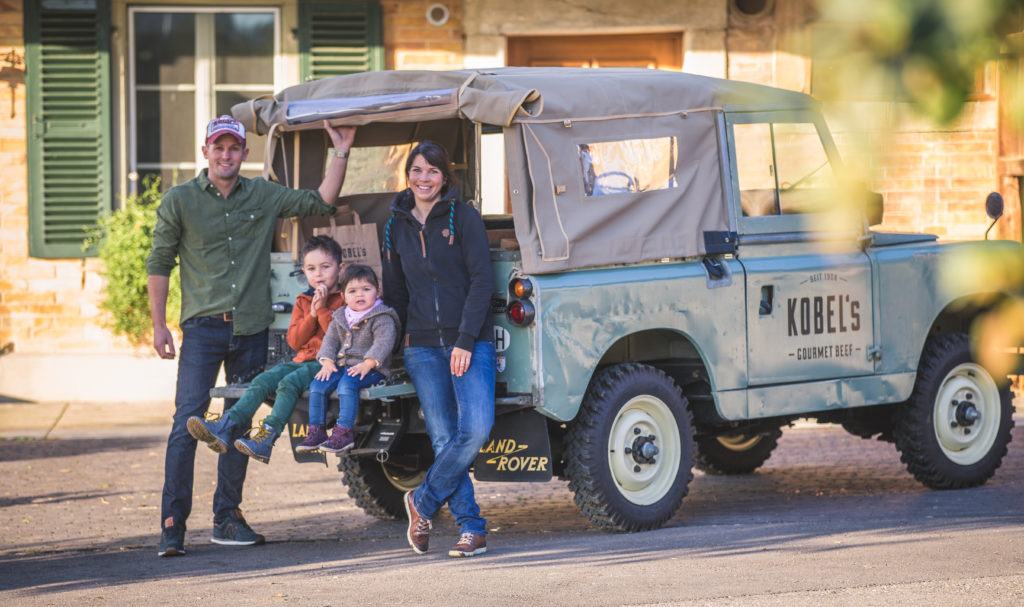
Yet the Kobels are planning a further development. They are searching for complementary products and collaborations. ‘For our 100% cured sausage we use the finest Kampot pepper which we get from a delicatessen in Bern.’ In return this shop sells our Galloway cured sausages. Jonathan also attends and presents his products at events held by a local wine producer, after all they go very well with wine and customers who prefer to buy local products and not mass goods.
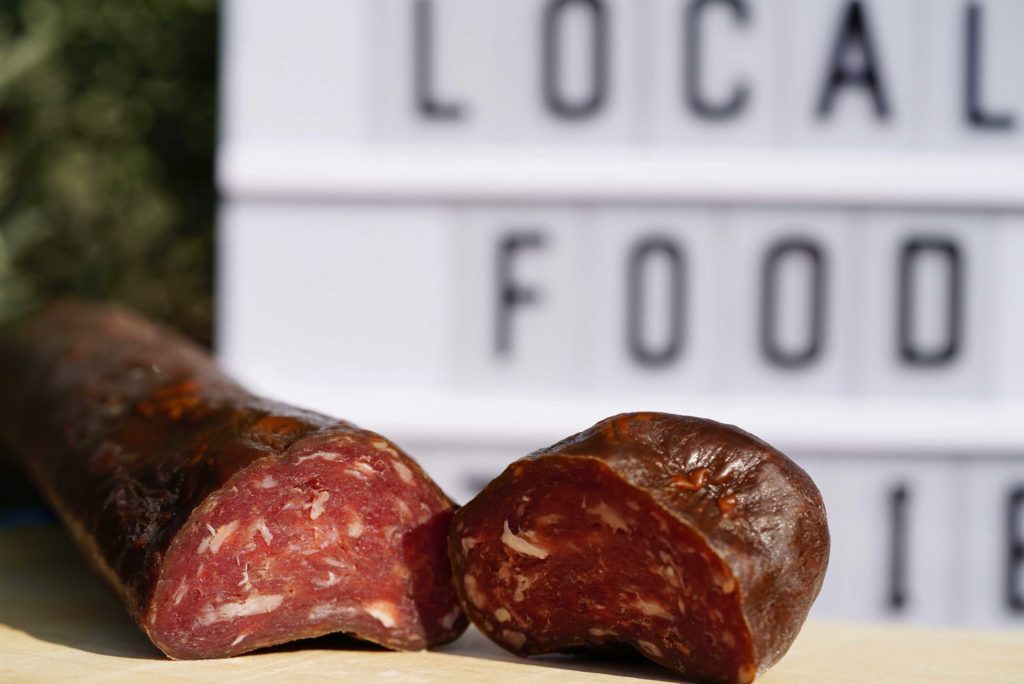
The closed cycle
Our photo shooting session comes to an end and the animals wander away through long reeds. Before we leave Jonathan fills flyers into a holder which he put up positioned between the fence and the green pathway. ‘Many passers-by are amazed by the natively untypical animals. In the flyer you can find out about our philosophy and our products,’ says Jonathan proudly. With this information he establishes a further stepping stone in the cycle of animal welfare, nature protection, high quality meat products and consumers who place great importance on sustainable production.
